The NoiseMasterTM active
headset
Strong points
- Acoustic performances
: Exceptional attenuation of fatiguing low frequency noise
(> 120 dBA)
- Hygiene - Safety - Quality
: Lower risk of deafness induced by low-pitched noise.
Reduces fatigue caused by aural strain. Increases quality of work carried out in high
noise level area.
- Psychoacoustics
: Allows normal, high-fidelity listening, without distortion of
exterior noise and audio transmission.
- Communication
: High audio transmission comprehension quality in noisy areas due to
the cancelling of outside noise by active electronic noise cancelling.
- Comfort
: Elimination of the feeling of acoustic confinement
The TechnoFirst active headset is in exhibition at "Cité des Sciences et de
l'Industrie" (Porte de la Villette, PARIS).
Headsets without communication facilities
TechnoFirst offers 7 types of active noise cancelling headsets .
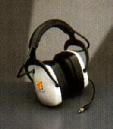 |
Reference TF-1020
Passive and active attenuation by electronic system (performances)
Battery powered fixed to belt
Weight 442 g. (16 oz.) Supply cable length : 1 m (3 ft)
|
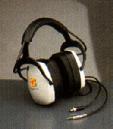
|
Reference TF-1040A
- Differs from standard model by : audio input
Passive and active attenuation by electronic system (performances)
Battery powered fixed to belt
Weight 442 g (16 oz) Supply cable length : 1 m (3 ft)
|
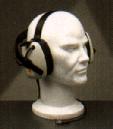 |
Reference TF-1020C
- Differs from standard model by : allows to wear an other helmet simultaneously
Passive and active attenuation by electronic system (performances)
Battery powered fixed to belt
Weight 442 g (16 oz) Supply cable length : 1 m (3 ft)
|
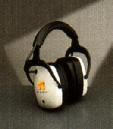 |
Reference TF-1020S
- Differs from standard model by : batteries included in the headset. No external battery
Passive and active attenuation by electronic system (performances)
Weight 578 g (21 oz)
|
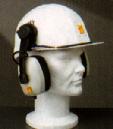 |
Reference TF-1020ZS
- Differs from standard model by : batteries included in the headset. No external battery
Passive and active attenuation by electronic system (performances)
Weight 746g
|
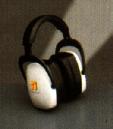 |
Reference TF-1120
- Differs from standard model by : passive attenuation only. No electronics nor battery
Weight 310 g (11 oz)
|
Applications
- Military use : ground crews, tank crews, chase pilots,...
- Aeronautic : maintenance, airport ground crews, pilots,...
- Industry : automobile, test benches, mechanics, rotating machines,mining, metallurgy,...
- Agriculture : machine tools, vehicle drivers,...
- Sports : shooting, rally,
- ...
Headsets with communication facilities
TechnoFirst offers 5 different active headsets with communication facilities. These
headsets must be used with radio equipment. (recommended models : Maxon SL 70, 200, 400,
MOTOROLA GP 300, ICOM, GP 900, MT2100)
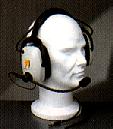 |
Reference TF-1010
Passive and active attenuation by electronic system (performances)
Battery powered clipped to the belt
Differential microphone
Weight 510 g (18 oz) Length of supply cable 1 m (3 ft)
|
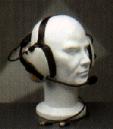 |
Reference TF-1010C
- Differs from standard model by : allows to wear an other helmet simultaneously
Passive and active attenuation by electronic system (performances)
Battery powered (clipped to belt)
Differential microphone
Weight 510 g (18 oz) Length of supply cable 1 m (3 ft)
|
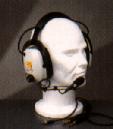 |
Reference TF-1030
- Differs from standard model by : aeronautic connectors
Passive and active attenuation by electronic system (performances)
Battery powered (clipped to the
belt)
Differential microphone
Weight 506 g (18 oz) Length of supply cable 1.5 m (5 ft)
|
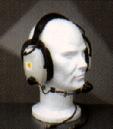 |
Reference TF-1030H
- Differs from standard model by : helicopter specific connectors
Passive and active attenuation by electronic system (performances)
Battery powered (clipped to the
belt)
Differential microphone
Weight 514 g (18 oz) Length of supply cable 2 m (6.6 ft)
|
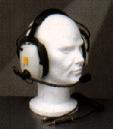 |
Reference TF-1030M
- Differs from standard model by : specific connector for ground crew on airport
Passive and active attenuation by electronic system (performances)
Battery powered (clipped to the
belt)
Differential microphone
Weight 514 g (18 oz) Length of supply cable 10 m (30 ft)
|
Applications
- Military use : ground crews, tank crews, chase pilots,...
- Aeronautic : maintenance, airport ground crews, pilots,...
- Industry : automobile, test benches, mechanics, rotating machines,mining, metallurgy,...
- Agriculture : machine tools, vehicle drivers,...
- Sports : shooting, rally,
- ...
The LITE High-Fidelity headphone
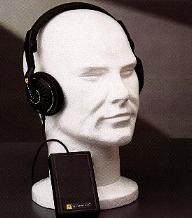 |
Le LITETM (TF-1060) hi-fi
headphone benefits from the technology of professional NoiseMaster headsets, and provides
an attenuation of external noise from 10 to 15 dB in the 20 to 1000 Hz frequency range.
Suitable for listening to music in a noisy environment (plane, train,...) Performances and technical data |
How does it work ?
All of our headsets are based on active
noise control More precisely, the loudspeaker (1) placed inside each earcup emits the
cancelling noise (2) which is phase opposed to the external noise (3). The result is noise
cancellation at the entrance of the ear canal (4). An analog electronic circuit (5)
generates appropriate cancelling noise by using a microphone (6) placed at the entrance of
the ear canal (feedback control) .
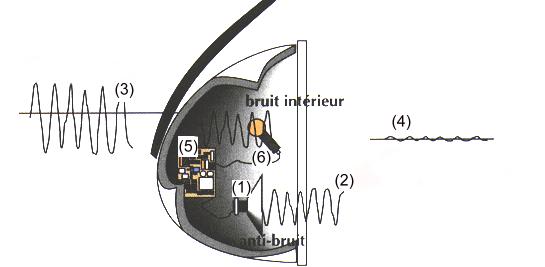
Back to Home Page